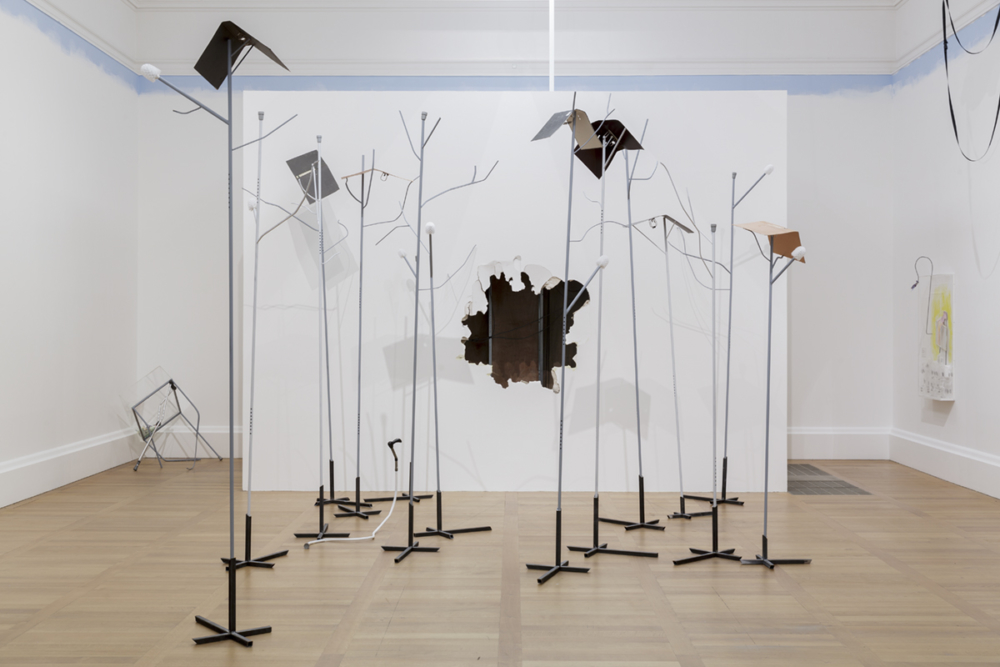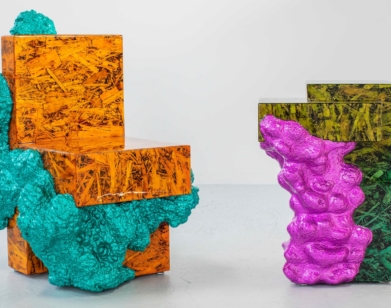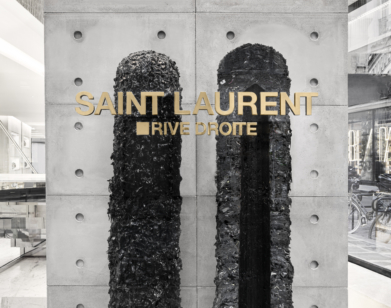Artist Jesse Darling is looking for redemption by refusing it altogether
Jesse Darling who, as a child, regularly visited a Buddhist monastery outside of London, has a lot of distrust about the tenants of organized religion. Nevertheless, it’s clear that the symbols of structures of religion continue to weigh heavily on the artist’s first solo exhibition, The Ballad of Saint Jerome, at Tate Britain in London.
Many of the sculptures and site-specific installations in the show—which takes its name from the apocryphal story of Saint Jerome healing the paw of a wounded lion—confront the notion of domination and submission. In Darling’s version of the story, the lion is not healed but rather defies all forms of normativity. One sculpture envisions a steel sphinx with a stuffed lion’s face, holding a ball gag in its mouth. In another work, Icarus floats high on a bed of foam chips for a far softer landing than that myth describes. Yet another sculpture is a hybrid of medical, sexual, and walking aids.

Installation views of Jesse Darling: The Ballard of Saint Jerome at Tate Britain
Another personal theme in the show centers on human suffering. Darling was recently paralyzed down their right side due to a neurological disease, which made creating art a more challenging endeavor. And instead of seeking comfort in traditional faith, Darling poses a crucial if melancholic question for our times: “Christian modernity has this notion of redemption, that there is a cure, there’s happiness, there’s richness, there’s something better in heaven or in this world. But what if there isn’t? What if realizing there isn’t is the redemptive idea in itself?”
This article appears in November 2018 issue of Interview Magazine.







